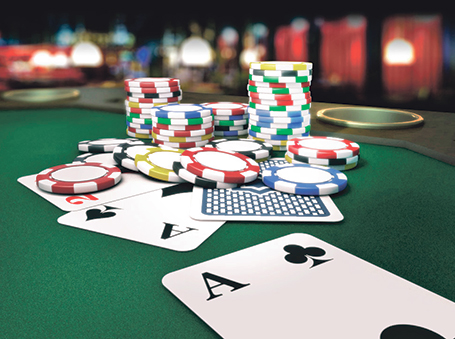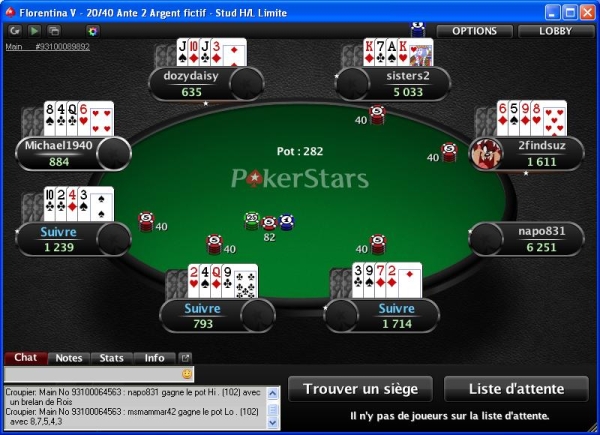How to Spot New Players in Stud Poker Games
When playing Stud poker games, it is important to take advantage of any edge you can find at the table. That includes being able to spot and punish new players to the game. A decade ago, new players were easy to spot because they were 20 to 40 years younger than the average players.
However, as mixed games have become popular and games like Stud Hi-Lo are readily available at PokerStars and other top online poker sites, it can be tougher to spot new players to the game. Today, we will give you a few tips to help you spot new players in Stud game. By spotting these players quickly, you can take advantage of their mistakes and add extra bets to your stack.
They Overvalue Aces
One of the most obvious signs of someone that is new to Stud poker is that they overvalue a pair of aces. These players have been playing Texas Hold’em exclusively and are trying to apply Hold’em strategy to Seven Card Stud.
I’ve seen it happen many times when a player starts betting and raising like mad with a pair of aces. They continue to pump them even after it is clear they have fallen behind in a hand. When they lose the hand, they start complaining that they started with aces and begin bemoaning their bad luck.

While a pair of aces is a nice starting hand, it generally needs to improve to continue pumping it after Fourth Street. New players fail to realize this and get schooled by experienced players.
They Don’t Bother Memorizing Cards
You don’t have to worry about memorizing cards in any form of poker except for Stud poker. New players to the game undervalue the importance of memorizing folded upcards. This puts new players at a distinct disadvantage as they are missing important information.
If you enter a hand heads-up in a Stud game, there are six cards that have been folded. That’s six outs that are no longer available to either of you. If you don’t memorize those outs, how can you accurately place a player on a hand?

For example, if you have 10-A-A and two other players fold a ten, you know that your opponent will have difficulty drawing to Broadway or any form of high straight. If you don’t memorize your opponent’s cards, you will not know this and make a bad decision.
The better your card memory, the better you can place opponents on hands. New players fail to realize this and find themselves on the losing end of hands they should be folding or failing to maximize their profits in hands they are far ahead in.
They Bet Into Draws
A common mistake that I see beginners make on later streets is betting into opponents that may be drawing. For example, a player is showing Q-K-10-J on board going to the river. You have trip eights and don’t improve. You’re first to act. How do you proceed?
There are some players that will bet their trips here regardless, thinking that it is an aggressive move. While they are correct, they are overlooking the fact that their opponent will reraise when they hit their draw.
In Stud poker, you’re trying to save bets when you’re behind and maximize winnings when ahead. In this case, you’re setting yourself up to lose an extra bet on the river. When out of position, you will seldom bet into a player on a draw. An exception would be if you know that most of your opponent’s outs are gone. For example, if your opponent has Q-K-10-9 and you have buried jacks and a third jack was folded. In this case, you can safely bet your trips as their odds of having a straight are pretty long.
